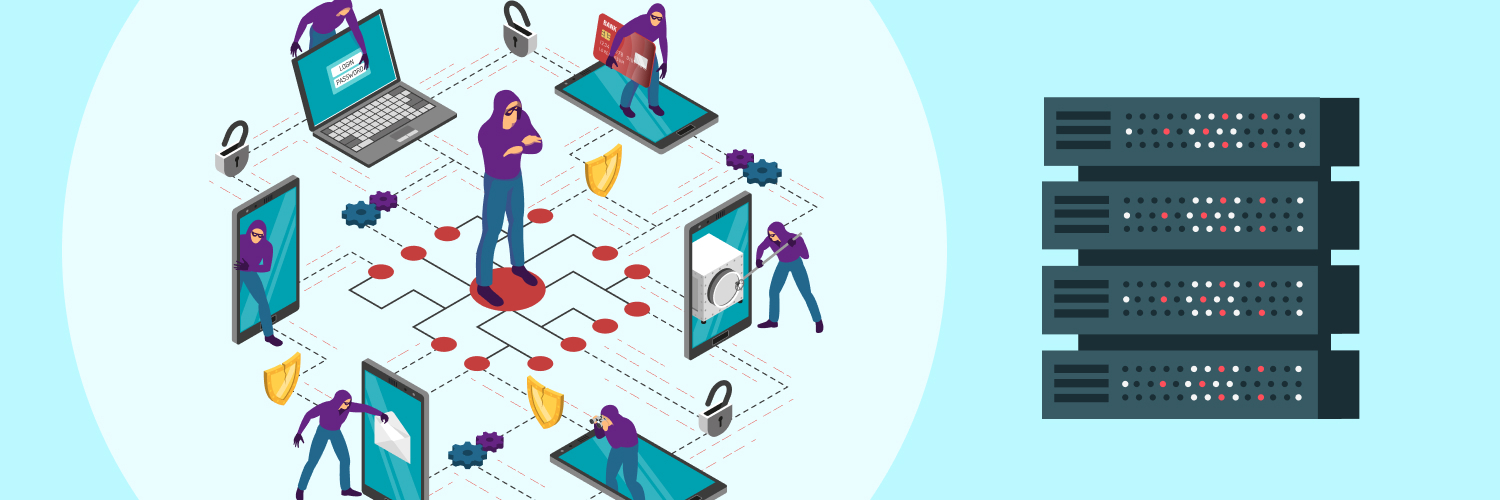The Ultimate Guide To Making Web Scraping Easy
The concept of “web scraping” can be intimidating, especially if you’re just learning about it. The terminology can get technical, but it’s far from a complicated process. Learn the basics and you’ll be data scraping like a pro before you know it.
Here we’ll go over some ways to make web scraping easy, especially if you run a business that needs to harvest large amounts of data quickly. We’ll cover some tips, tricks, best practices, and tools you can use to get started scraping.
The Easiest Way To Scrape
Use our API for hassle-free scraping!

How You Can Use Web Scraping

Web scraping can be used any time you need to gather a large amount of data. Data scientists, for example, regularly use web scraping in their work. Marketers and entrepreneurs can also take advantage of web scraping to gain a competitive edge. Common use cases include:
- Social media scraping to find out what’s trending on certain websites. Tracking mentions this way can help you figure out what people are saying about your brand.
- Price comparison by pulling data on the price of products from ecommerce websites.
- Research and development through collecting large samples of data like statistics, weather forecasts, etc.
The uses don’t end there, though. Web scraping can be used whenever you need data, and that data can be leveraged in all sorts of creative ways.
How to Make Web Scraping Easy

One of the biggest challenges beginner web scrapers run into is getting banned from a website. They get overzealous, send too many requests, and end up being mistaken for a bot. Not only is this bad etiquette, it means you’re blacklisted from that URL forever.
Luckily, there’s a way to get around being blocked: using proxies to mask your identity.
Proxies act as a buffer between you and the internet by providing a different internet protocol (IP) address than the one you’re actually using. Since web scraping requires sending a lot of requests, it makes sense to send them from multiple IP addresses so you don’t get mistaken for a bot and banned. Proxies can also get rid of headaches like CAPTCHA requests.
A note here: proxies do not give you permission to act unethically. Don’t use the information you can gather to duplicate websites wholesale or steal data that you don’t have the rights to.
Choosing the Right Proxies

It’s fairly easy to get your hands on some proxies to use, but using just any proxy isn’t recommended. For one thing, if a company doesn’t tell you up front where they’re getting their proxies from, they could’ve been obtained without the IP address holder’s knowledge. All proxies that Rayobyte sells are responsibly sourced, with users compensated for their IPs.
For another, free proxies may be low-quality and not work as well as higher-quality offerings. It’s worth it to invest a little money now for better long-term results.
There are two main types of proxies: residential and data center proxies. Rayobyte offers both, and both have their advantages.
Residential proxies
Residential proxies mimic the IP addresses of personal devices like smartphones or laptops. Any request sent from a residential proxy looks more like it came from a regular everyday user, so it is less likely to be seen as a bot by a website’s servers. You can learn more about the residential proxies Rayobyte offers here.
Data center proxies
Data-center proxies, on the other hand, are not associated with an internet service provider (ISP). They do mask your actual IP address, but the server can see they are being sent from a data center, so they identify themselves as proxies unless they’re elite private proxies.
Rotating proxies
Rotating proxies are probably the best for use in web scraping, especially at scale. Rotating proxies can be either residential or data center, and rotate out a list of IP addresses to mask yours while scraping.
Rotating proxies offer the highest degree of anonymity because they look the most like regular users (as long as you don’t go overboard with requests — more on that in the next section). You can learn more about Rayobyte’s elite data center proxies here.
Easy Web Scraping Best Practices

Once you’ve secured your proxies, there are a few best practices to follow when web scraping to make sure you don’t get banned, make trouble for website administrators, or make things harder on yourself than they need to be.
- Read the robots.txt file: This will let you know how far apart to space your requests so they don’t overload the server. If the admin went to the trouble of including this, read it and follow it.
- Act like a person: Don’t hammer the server with hundreds of requests a second. Space them apart, at random intervals, to give it time to respond. This will make you look more like a regular user and less likely to be mistaken for a bot and banned. Coupled with rotating proxies, you should have a far easier time web scraping.
- Get a premade web scraper: If you don’t have any coding knowledge, don’t worry. There are plenty of quality premade scraping bots on the market that you can use. We recommend Rayobyte’s Web Scraping API.
Premade scraping bots are versatile and can meet the needs of any web scraper just getting started. Rayobyte’s Web Scraping API, for example, manages proxy rotation for you so you don’t have to remember to switch between them. It also parses the meta data it retrieves for you, to make it easier to analyze later on.
The Easiest Way To Scrape
Use our API for hassle-free scraping!

Scraping Data Doesn’t Have To Be a Chore

Once mastered, web scraping can yield a veritable treasure trove of information that you can use in any number of ways. Price comparisons, brand awareness, competitor data, social media data, and more are all at your fingertips.
By following a few simple guidelines and using the right tools, you can get started web scraping and gaining that data today. It sounds like an intimidating process, but it’s not that difficult at all once you get started. And knowing how to use it puts you ahead of your competitors that don’t.
Want to learn even more about web scraping? Check out our complete guide to web scraping for beginners. When you’re done reading, feel free to browse the blog for more tips, tricks, and insights.
The information contained within this article, including information posted by official staff, guest-submitted material, message board postings, or other third-party material is presented solely for the purposes of education and furtherance of the knowledge of the reader. All trademarks used in this publication are hereby acknowledged as the property of their respective owners.



